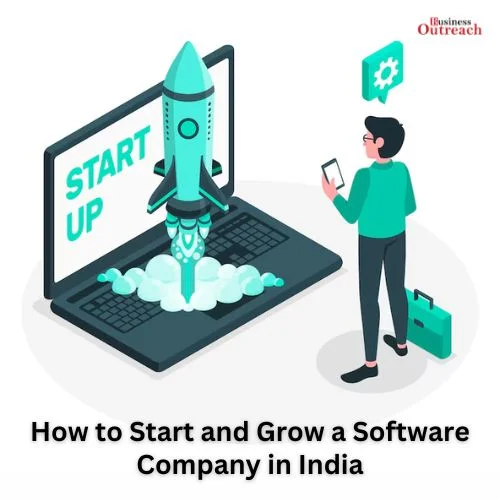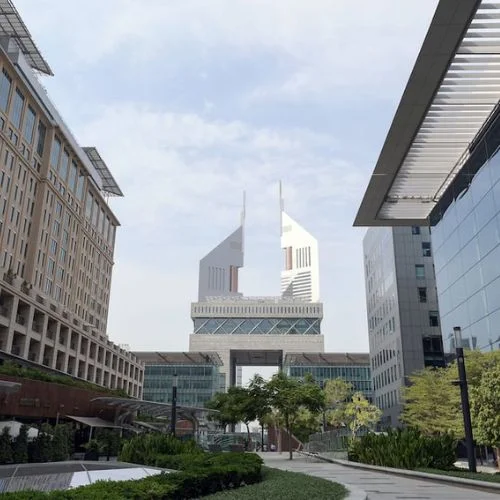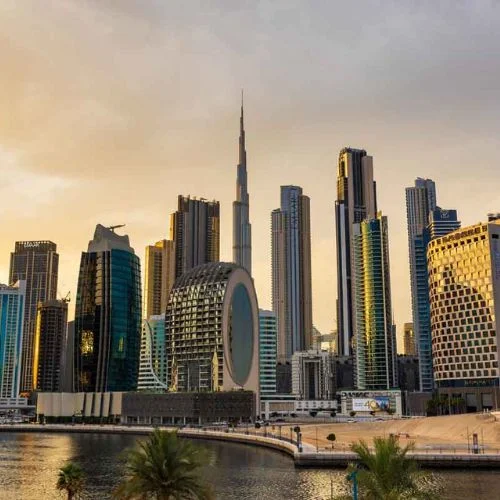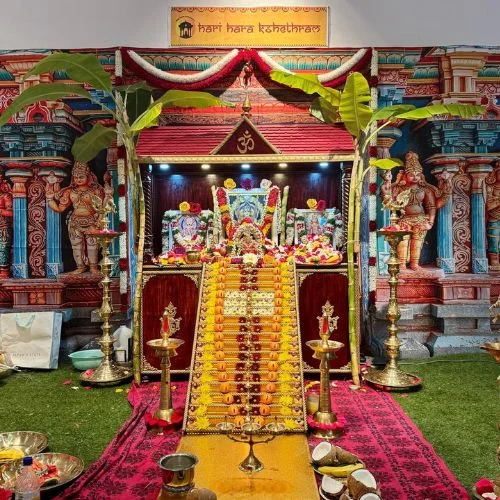The Rs 76,000-crore ($10 billion) incentive plan for chip-making, as well as the talent pool and skilling programs, play to India’s strengths and highlight the country’s ascent as an industry leader. According to SEMI CEO, it is now or never for India to seize the lead in the semiconductor sector.
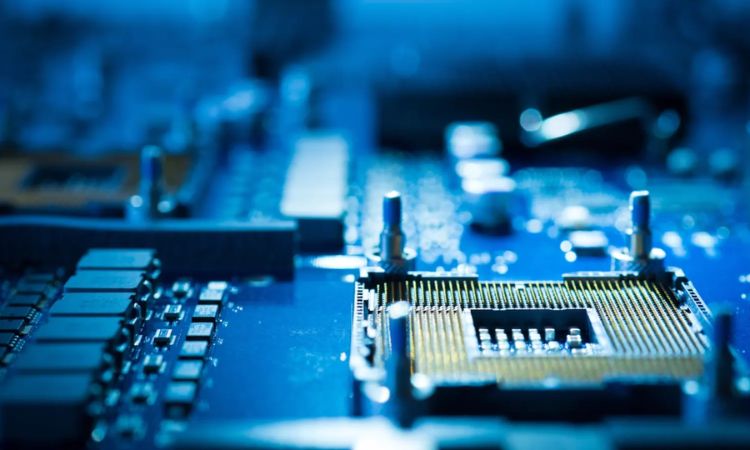
According to the chairman of the world’s leading advocacy organization for the semiconductor business, India has practically everything it needs to build a successful semiconductor sector, but it still has to strive to regain confidence. India is well on its way to having 100 semiconductor design companies by 2024, up from near-zero levels only a year and a half ago.
The Rs 76,000-crore incentive package for chip-making, as well as the enormous talent pool and skilling program, are all playing to India’s strengths and signaling the country’s ascent as a semiconductor nation.
“It’s now or never (for India in the semiconductor industry),” Ajit Manocha, president and CEO of Semiconductor Equipment and Materials International or SEMI told PTI in an interview.
“Because it takes years to come to the speed and this is a time to do it. Also if we don’t do it now, I think we’ll lose credibility forever,” he said, adding that there might be a couple of announcements before the US visit of the prime minister which would put the Indian semiconductor industry on the right track.
“India, in my opinion, has almost everything you need to have a successful semiconductor industry in the country. We have talent, we have democracy, the largest democracy in the world. We have a market. The population is the market. We are 1.4 billion now bigger than even China. And language is a big plus. Virtually everybody speaks English. Plus, we comply with international laws. So what more do you need, you have everything to attract industry’s equal ecosystem,” he said.
“We are fortunate now that the country has two leaders, two ministers who are doubly background like Rajeev Chandrashekhar and Ashwini Vaishnav. Then we have leaders like Prime Minister (Narendra) Modi, who is very visionary and a very pro country. So, I think the, all the stars are aligned finally,” he said.
SEMI, which is headquartered in Silicon Valley, has over 2,500 member firms and 1.3 million individuals globally working to improve the science and business of electronics design and manufacture. India and SEMI have worked closely together over the past five years. He described the newly announced policy as a beginning point on this front.
“But I think, India still has to work with the rest of the industry to reestablish credibility. The policy is a starting point,” said Manocha who is a member of the India Semiconductor Mission (ISM).
“I’ve been involved with several meetings with ISM. They are approaching the right way. We have evaluated a few applicants. I can’t share the details yet because they are not public knowledge. But it’s looking promising that at least one or two announcements will, should come,” Manocha said.
He believes that the United States can play an important role in assisting India in developing its semiconductor sector. The United States is likely to be a leader in many more sectors of the semiconductor business. The United States is a leader in both design and equipment, which are both critical areas.
“Also, the US has strong leadership in materials. Japan is probably the bigger leader than the US. The US also has leadership and strong marketing,” he said, adding that the US can help India with technology.
“Next steps are to inspire the world to come to India and India will roll out the red carpet and support these programs like subsidies that they have for the entire ecosystem, not just for wafer fab. Just having a wafer fab is not a solution. You need the entire ecosystem. Wafer fab will not survive,” he said.
Manocha said that India has a lot to learn from the nations that would cooperate and assist them.
“There is no competition with anymore on this one because the growth of India from half a trillion dollars to one trillion dollars gives opportunities for many partners to come. You cannot grow in one country in the next seven years. It’ll require multiple countries to participate and try to see what areas where India can play a bigger role,” he said.
“One good thing about India is they produce a lot of good green talent. The US can help with the help having those people trained to get them a fast start,” he said.
According to Ajit Manocha, a few announcements before Prime Minister Modi’s visit to the United States would generate enough publicity and credibility among tier-one firms in the United States, Europe, and other Asian nations.
“But that’s the message Modi has to deliver that we are moving ahead, we will make sure that we serve the companies coming into India and that they grow their business; just like we’re supporting their design houses. That message has to come very clear,” he said hoping that the announcement comes before the visit.
He believes that regardless of whether the business wins the bid, the Indian government must take a significant role in ensuring its success.









